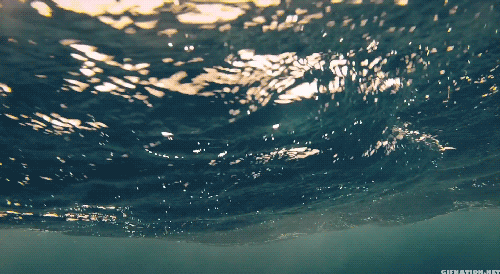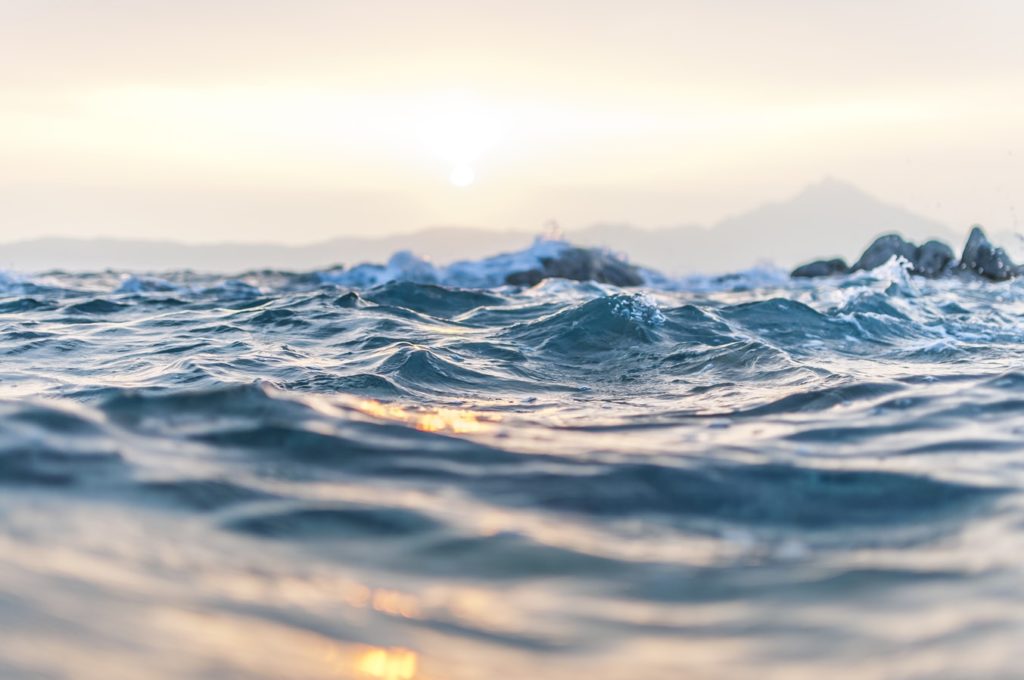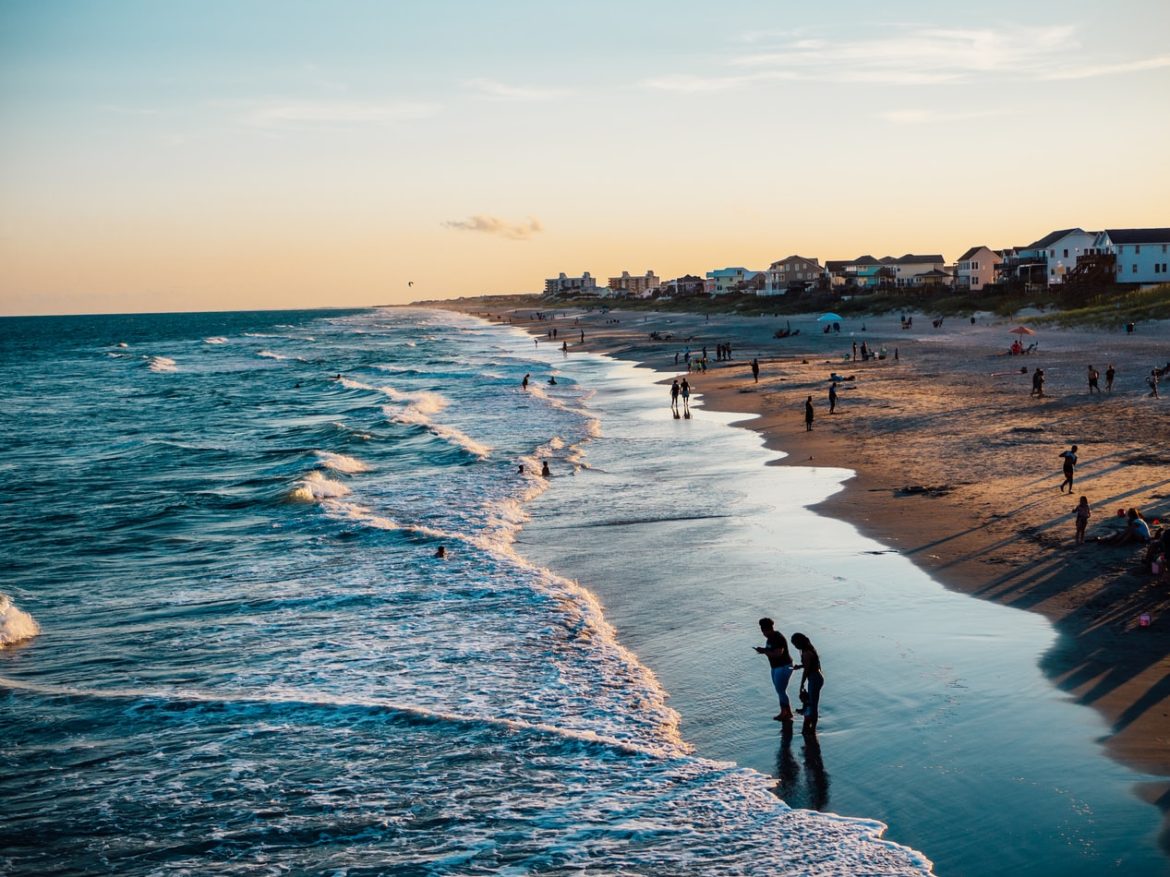Forecasting coastal water quality is a critical step in protecting public health and the ocean economy, reduces illnesses due to contaminated water.

The following written content by Stanford University
Less than two days of water quality sampling at local beaches may be all that’s needed to reduce illnesses among millions of beachgoers every year due to contaminated water, according to new Stanford research. The study, published in Environmental Science & Technology, presents a modeling framework that dependably predicts water quality at beaches after only a day or two of frequent water sampling. The approach, tested in California, could be used to keep tabs on otherwise unmonitored coastal areas, which is key to protecting the well-being of beachgoers and thriving ocean economies worldwide.
“This work combines knowledge of microbiology, coastal processes and data science to produce a tool to effectively manage one of our most precious resources and protect human health,” said senior author Alexandria Boehm, a Stanford professor of civil and environmental engineering.

Measuring concentrations of fecal indicator bacteria (FIB) — which denote the presence of fecal matter and can lead to unsafe water conditions — at beaches ensures the health and safety of the public. While all ocean water contains some degree of pathogens, such as bacteria or viruses, they’re typically diluted to harmless concentrations. However, changes in rainfall, water temperature, wind, runoff, boating waste, storm sewer overflow, proximity to waste treatment plants, animals and waterfowl can lead to an influx of water contamination. Exposure to these contaminants can cause many ailments, including respiratory diseases and gastrointestinal illnesses, along with skin, eye and ear infections to swimmers.
Advertisement
Protecting coastal waters and the people that use them remains essential for much of California’s 840 miles of coastline. Over 150 million people swim, surf, dive and play at one of the state’s 450 beaches annually, generating over $10 billion in revenue. According to the California State Water Resources Control Board, health agencies across 17 counties, publicly owned sewage treatment plants, environmental groups and several citizen-science groups perform water sampling across the state. However, not all waters are routinely checked due to accessibility issues, budget resource constraints or the season, despite their use by the public. Read more from Science Daily.






